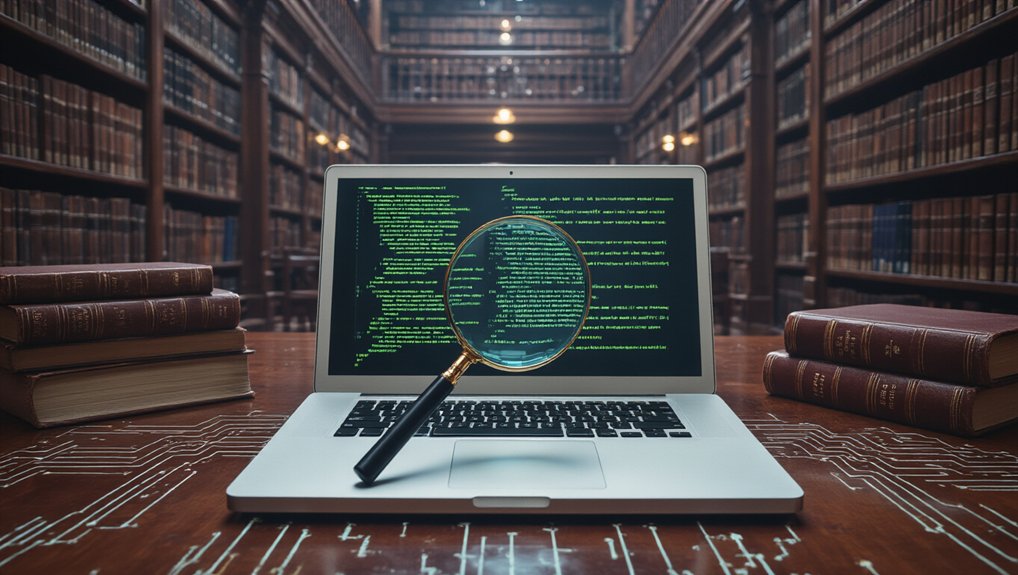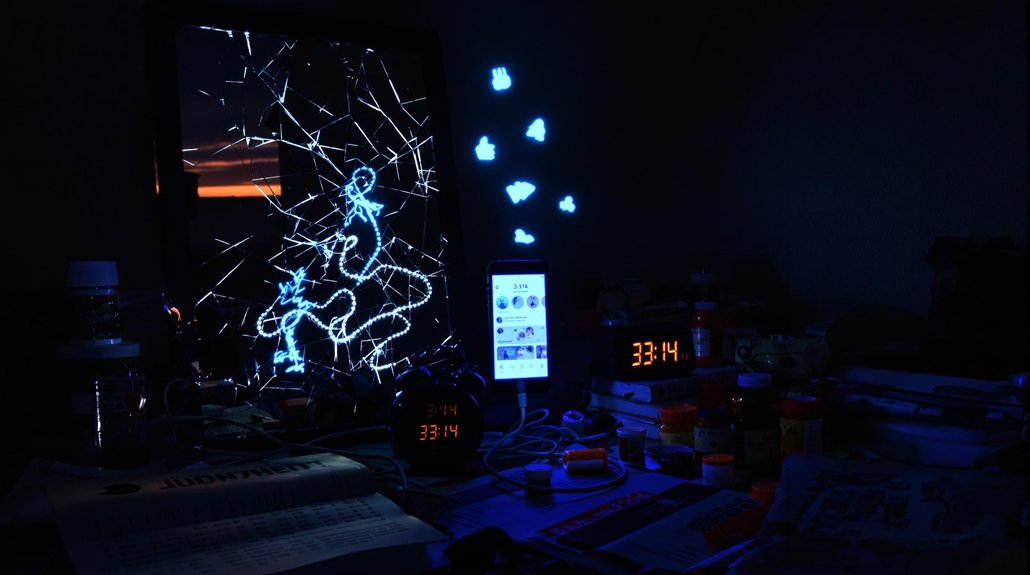While academic institutions scramble to address the specter of AI-driven cheating, the actual terrain of deception is more complex than most realize. Teachers believe AI cheating is skyrocketing. The data says otherwise. Cheating rates have stubbornly remained at 60-70% before and after ChatGPT burst onto the scene. Seems like students have always found ways to cut corners—AI just offers a shiny new shortcut.
But here’s where it gets interesting. Researchers have discovered sneaky techniques like “invisible prompts” that can be embedded in academic papers to manipulate AI review systems. Think of it as whispering secret instructions that only the AI can hear. Human reviewers? Completely clueless.
Turnitin caught AI involvement in about 10% of assignments they analyzed. Only 3% were primarily AI-generated. Not exactly the academic apocalypse everyone feared, right? But detection tools have plateaued in effectiveness—they’re stuck with consistent false positives and negatives. It’s like playing whack-a-mole with increasingly clever moles.
The motivations are painfully obvious. Higher grades. Less effort. The thrill of gaming the system. And let’s be honest, when everyone thinks everyone else is doing it, the ethical barriers start crumbling like cheap cookies.
Most institutions are woefully unprepared. They lack robust protocols for identifying AI-specific deception. Teachers at Uppsala University recognized that generative AI usage doesn’t necessarily equate to academic dishonesty, yet still expressed concerns about its impacts. The proportion of skeptical teachers has grown, with half now distrusting student submissions due to AI availability. Can’t blame them—how do you separate legitimate AI assistance from outright cheating? That spell-checker could be your friendly grammar aide or your accomplice in academic fraud.
The stakes are higher than just catching individual cheaters. This undermines the entire foundation of peer review and academic publishing. Trust erodes. Credibility tanks. The competitive advantage goes to those who can best manipulate machines, not demonstrate knowledge.
The arms race continues. Students and researchers plant invisible commands. Detection tools scramble to catch up. And somewhere, the actual purpose of education gets lost in the digital shuffle.
References
- https://arxiv.org/html/2405.18889v1
- https://www.edweek.org/technology/new-data-reveal-how-many-students-are-using-ai-to-cheat/2024/04
- https://www.sciencemediacentre.org/expert-reaction-to-paper-suggesting-ai-systems-are-already-skilled-at-deceiving-and-manipulating-humans/
- https://www.courthousenews.com/wp-content/uploads/2024/05/PATTER100988_proof.pdf
- https://artsmart.ai/blog/ai-plagiarism-statistics/









